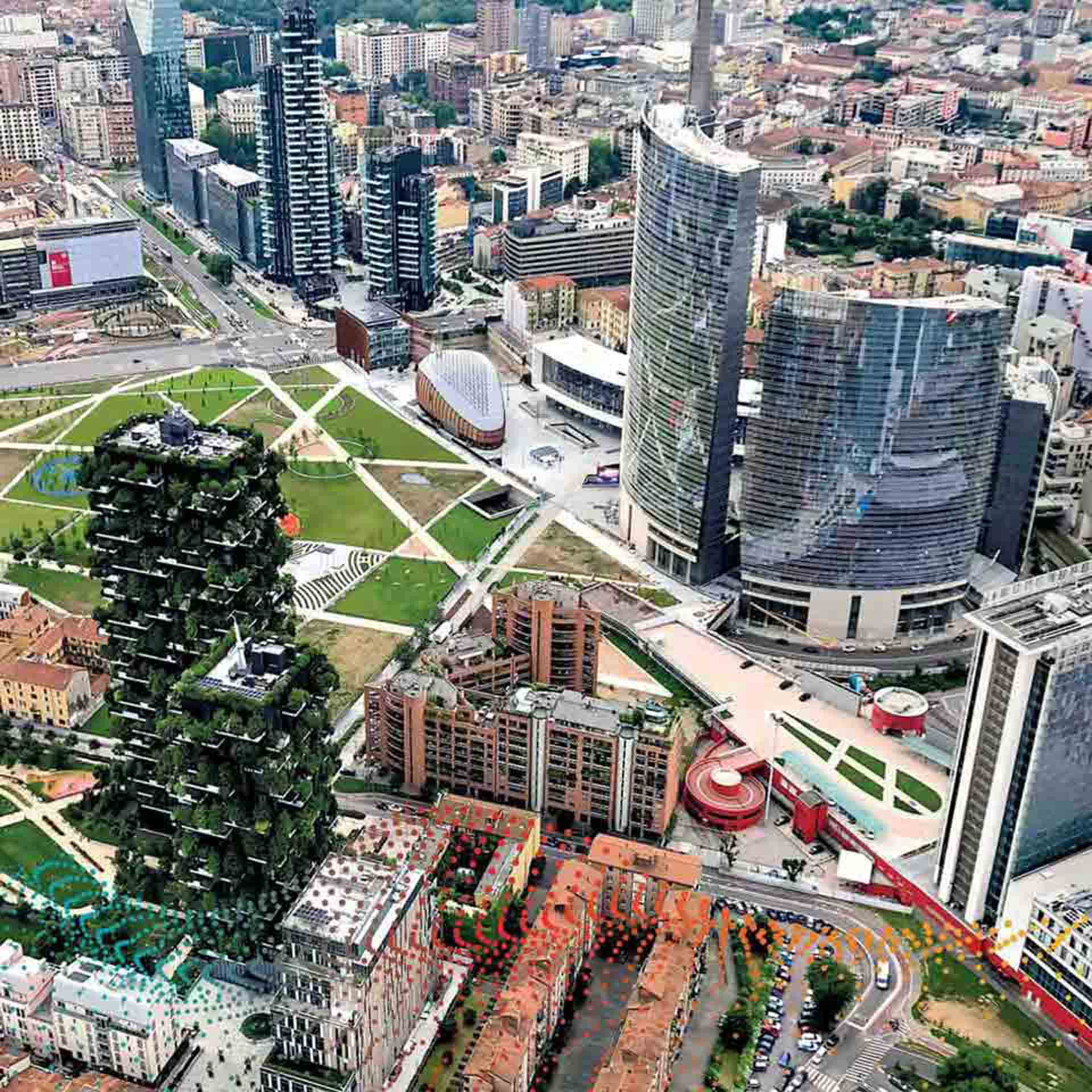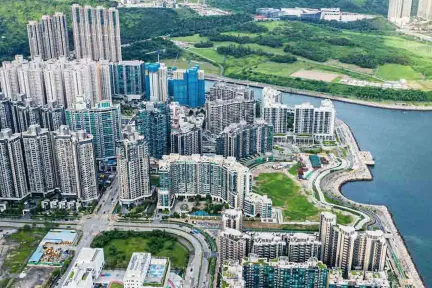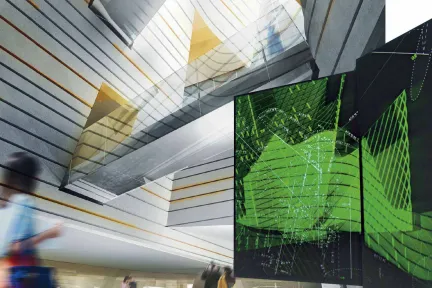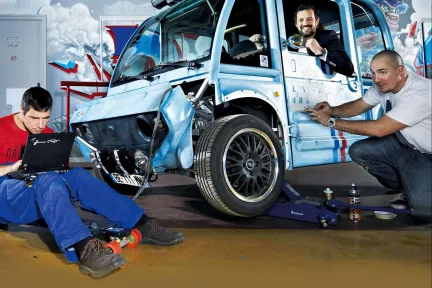Interacting with city residents
The combination of the virtual and physical worlds offers opportunities to designers as they seek to address social and sustainability issues with citizens.
Harmonizing all elements of city life into healthy, pleasant human experiences requires a sense of responsibility and exposure to the urban context in all its complexity. Ethical design requires the ability to respond immediately and intelligently to the global standards that a city must meet.
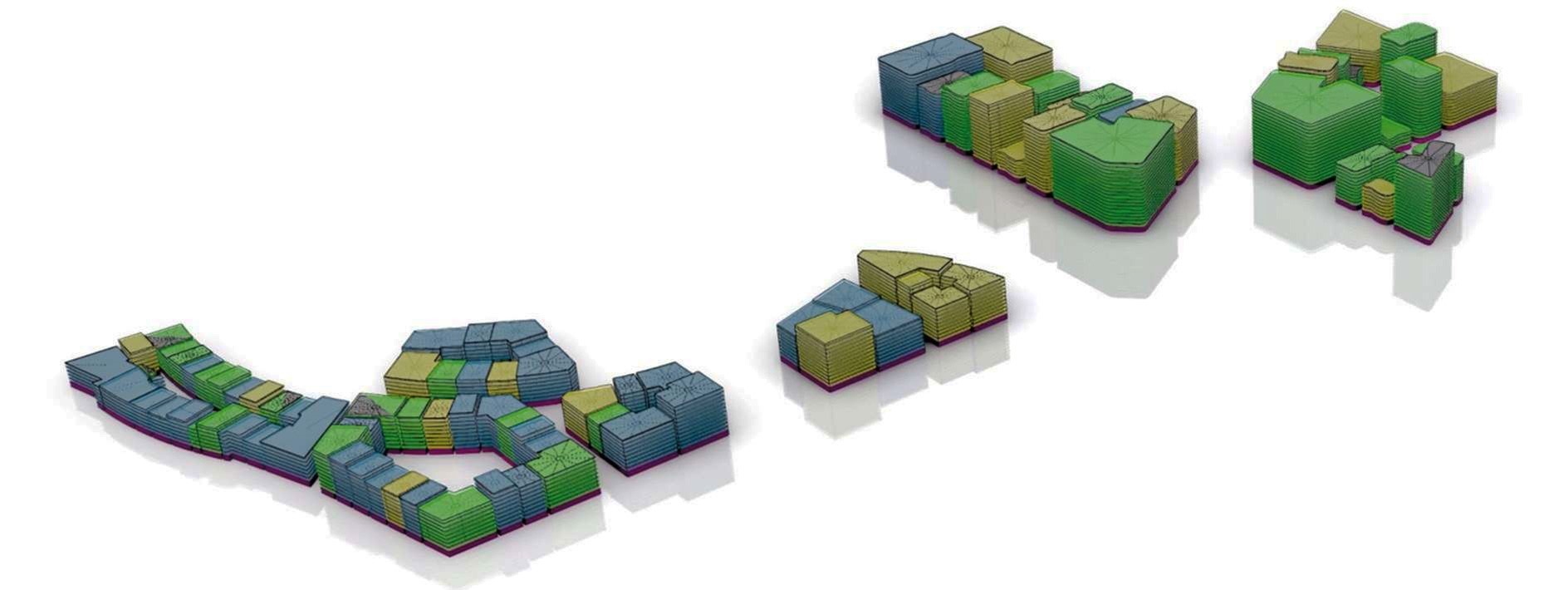
Another way our cities are being transformed is by identifying and harnessing data, a central part of the smart cities approach. More than 90% of the world‘s data have been generated over the past two years, and this trend will continue: data from mobile computing, artificial intelligence and augmented reality create artificial landscapes that form part of the urban fabric. The combination of the virtual and physical worlds offers new opportunities to designers as they seek to address social and sustainability issues.
In April 2019, five international teams took part in the DATAVIRONMENT Hackathon Challenge in Milan, bringing together the most cutting-edge architecture and design practices. They had 48 hours to design the Milan of the future, using data and the CATIA and SOLIDWORKS design solutions integrated in 3DEXPERIENCity.
Their experiments included the location between the ancient Parco Sempione – Milan‘s largest park – and CityLife, Milan‘s new business, residential and retail district. The first team created a covered walkway, with canopies that move in response to heat, light and interactions with people. The second proposed turning car-parking spaces into modular farms to promote local food production.
Another team designed a data center that is visibly integrated within the city, clearly showing the increasing use of data in urban management, whereas data centers are usually relegated to unpopulated areas. The fourth team designed an automatic generator of restaurant extensions, and the winning team designed a holistic, automated urban planning and construction tool, using data related to the distance from the city‘s historic and modern centers and each building‘s use (retail, residential, cultural, etc.). The tool not only simulated proposed buildings, but also future changes to the urban fabric. It showed the extent to which urban planning is a dynamic discipline that combines both the past and the future.
People involved in the first DATAVIRONMENT Hackathon, divided into five teams
Of the world‘s data have been generated in the last two years
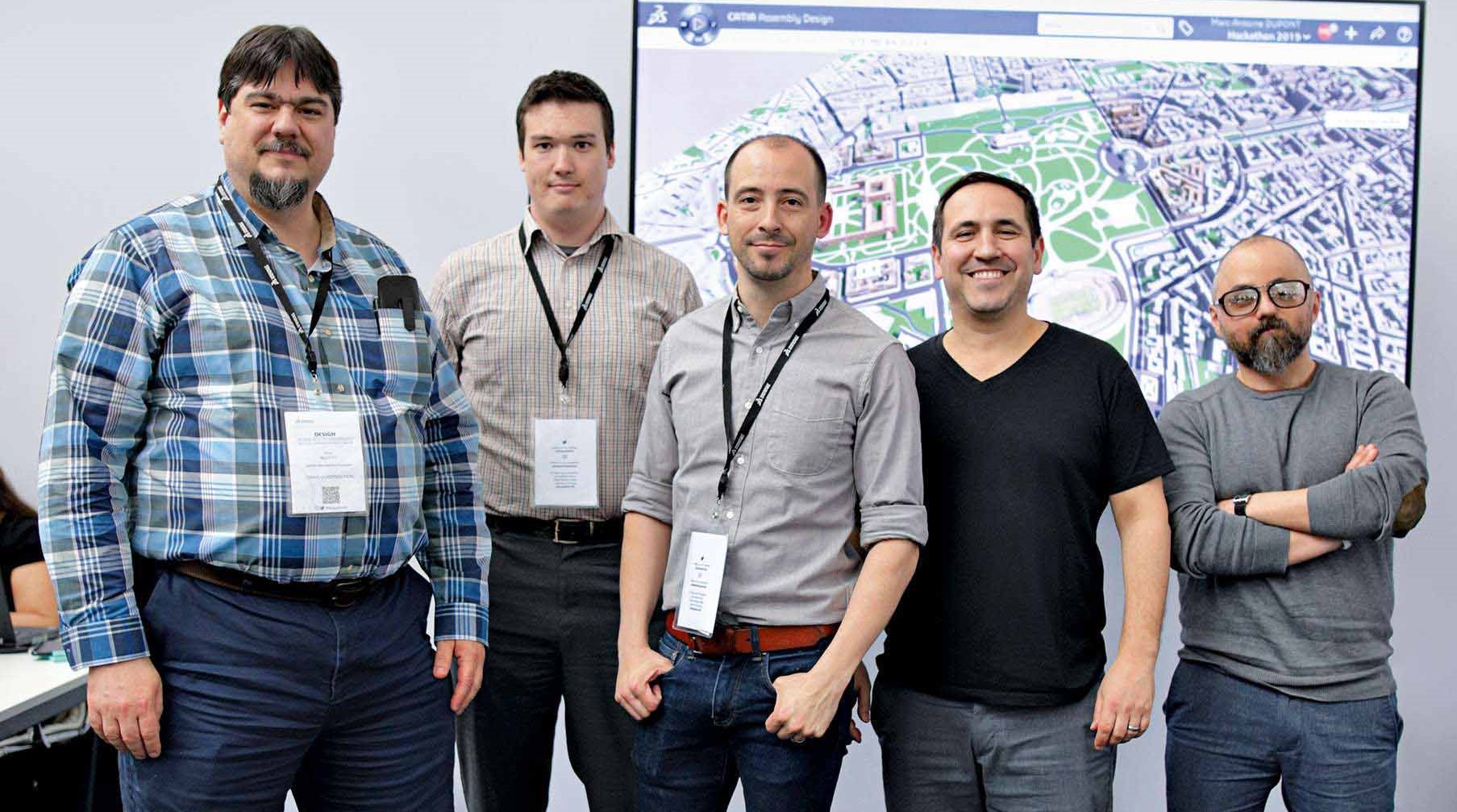
THE 2019 HACKATHON WINNERS
The “Data-based” team with John Cerone, Geoff Bell, Amir Talachian, Eric Beatty and Rob Jost offered their vision of a city automatically generated from qualified data.
